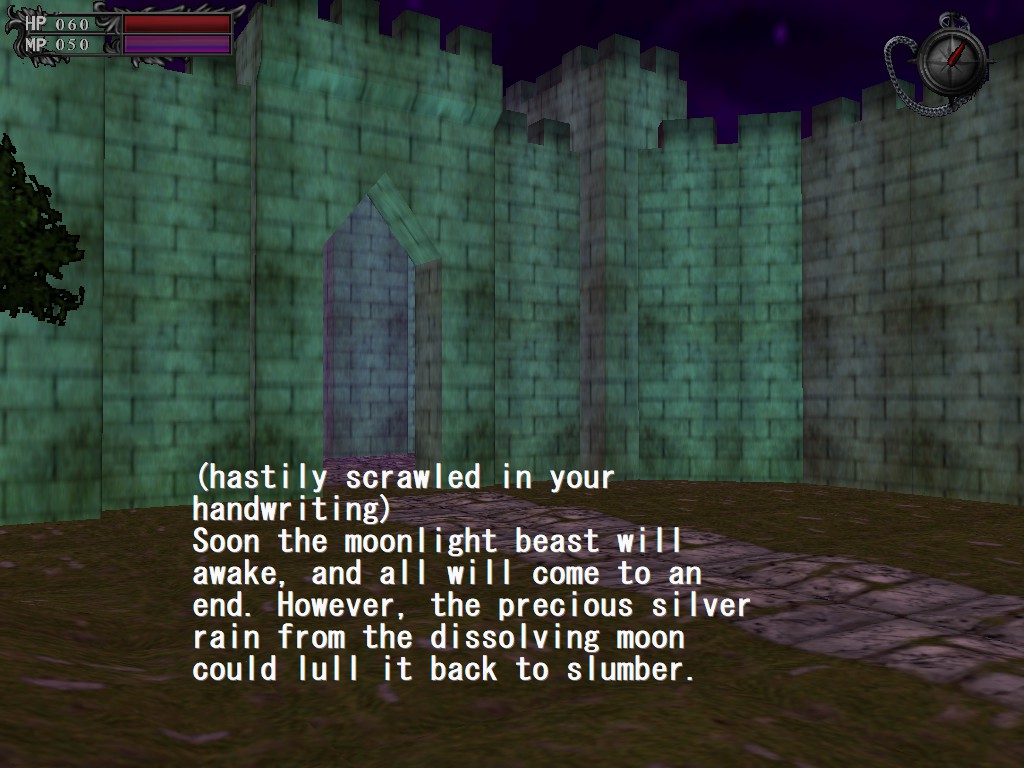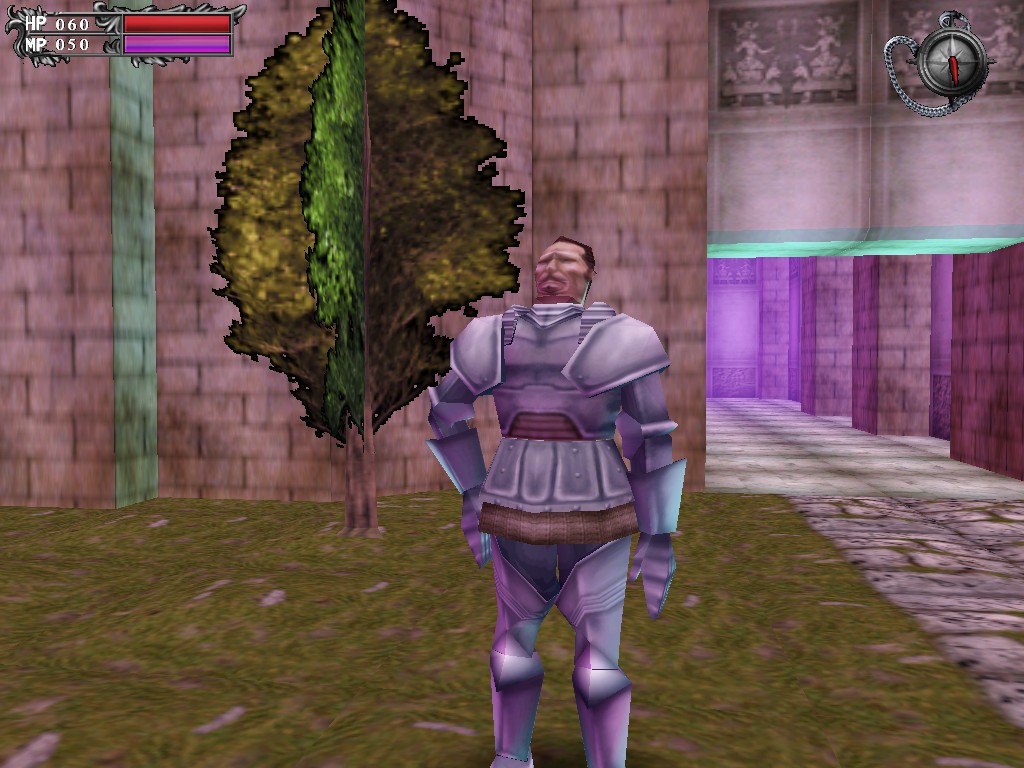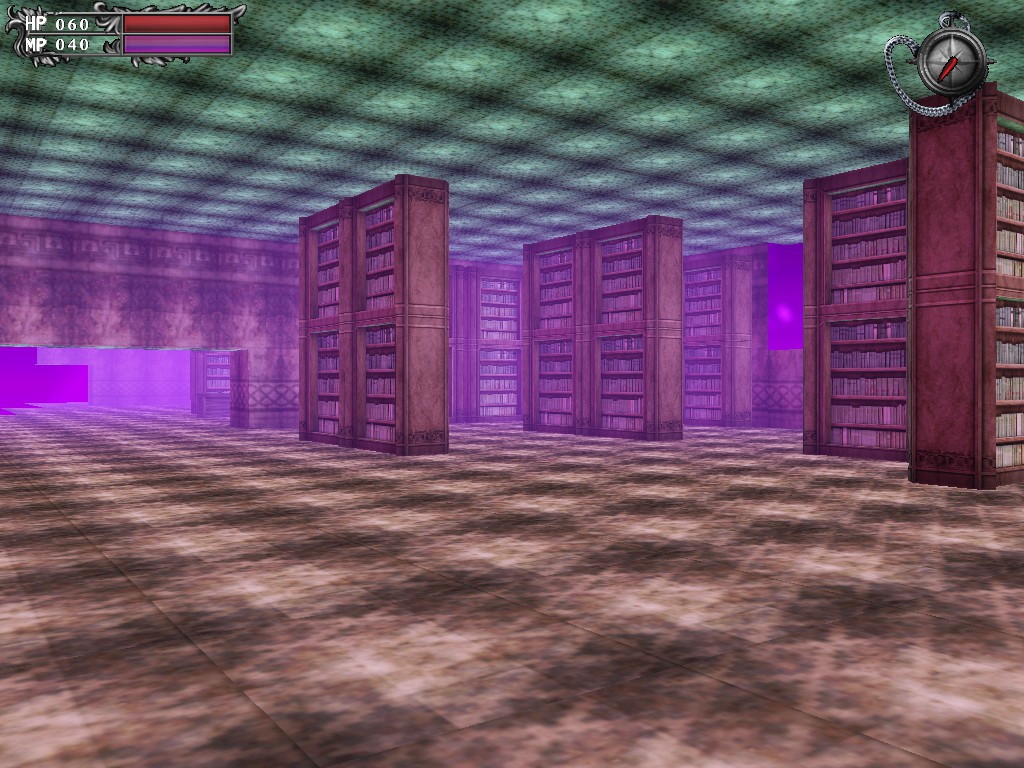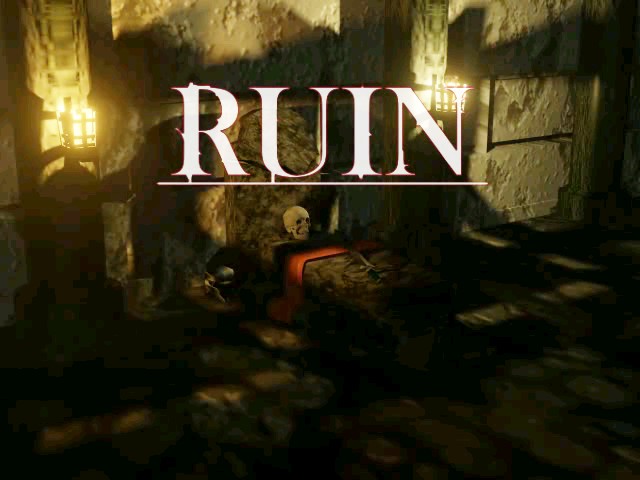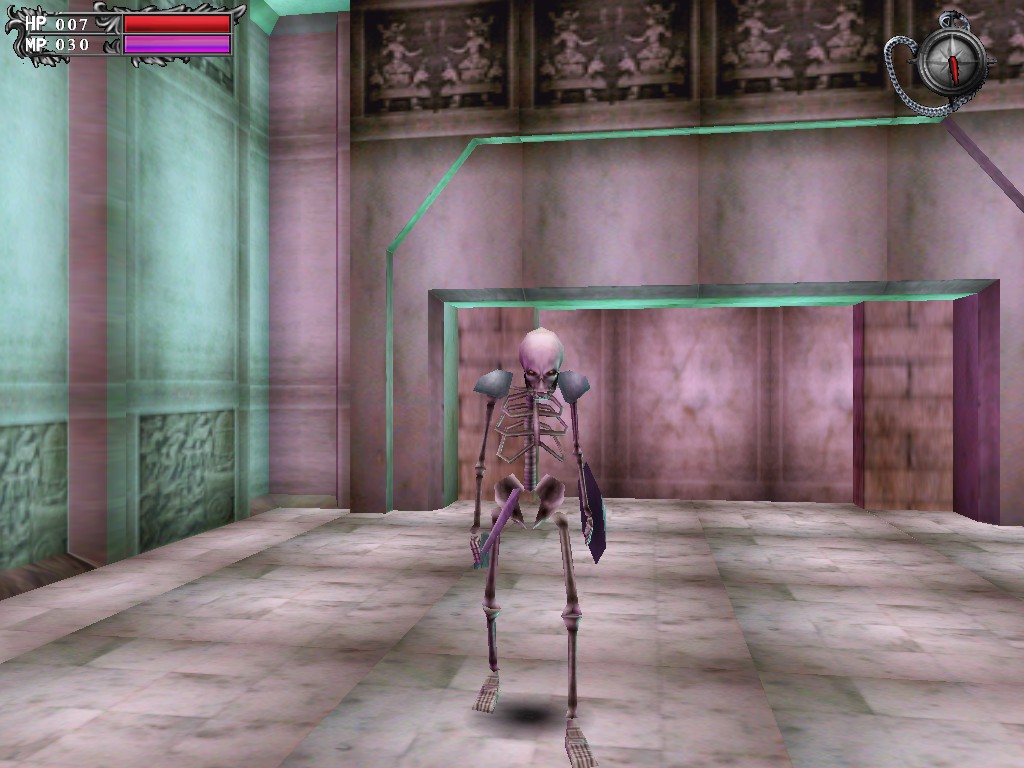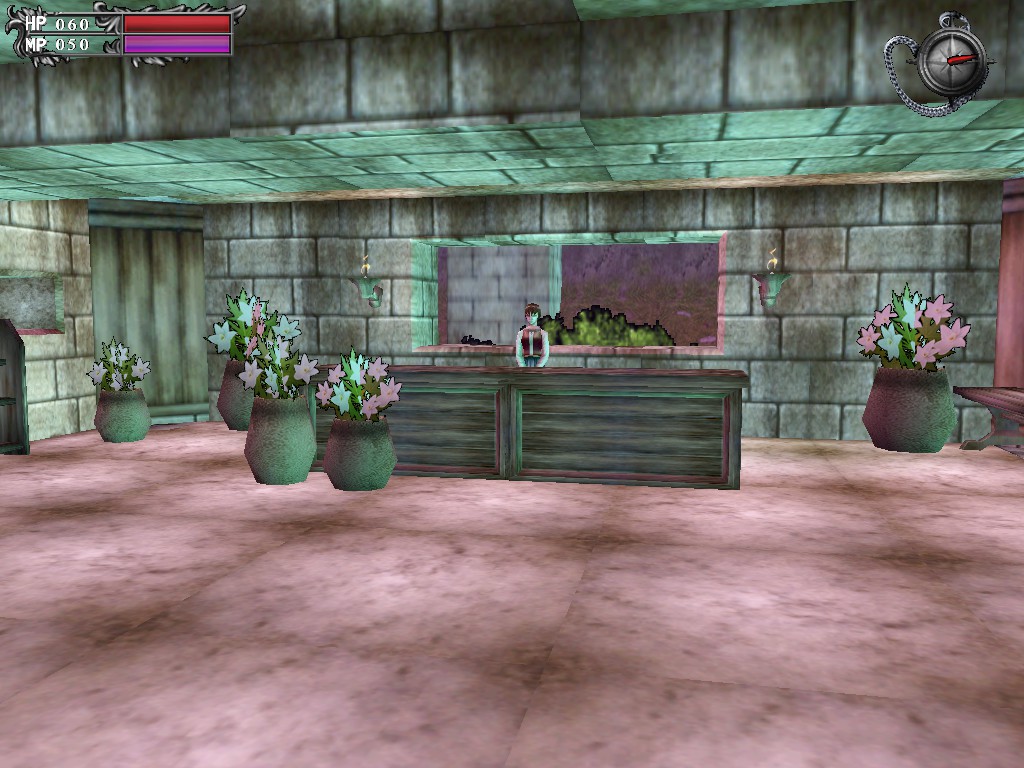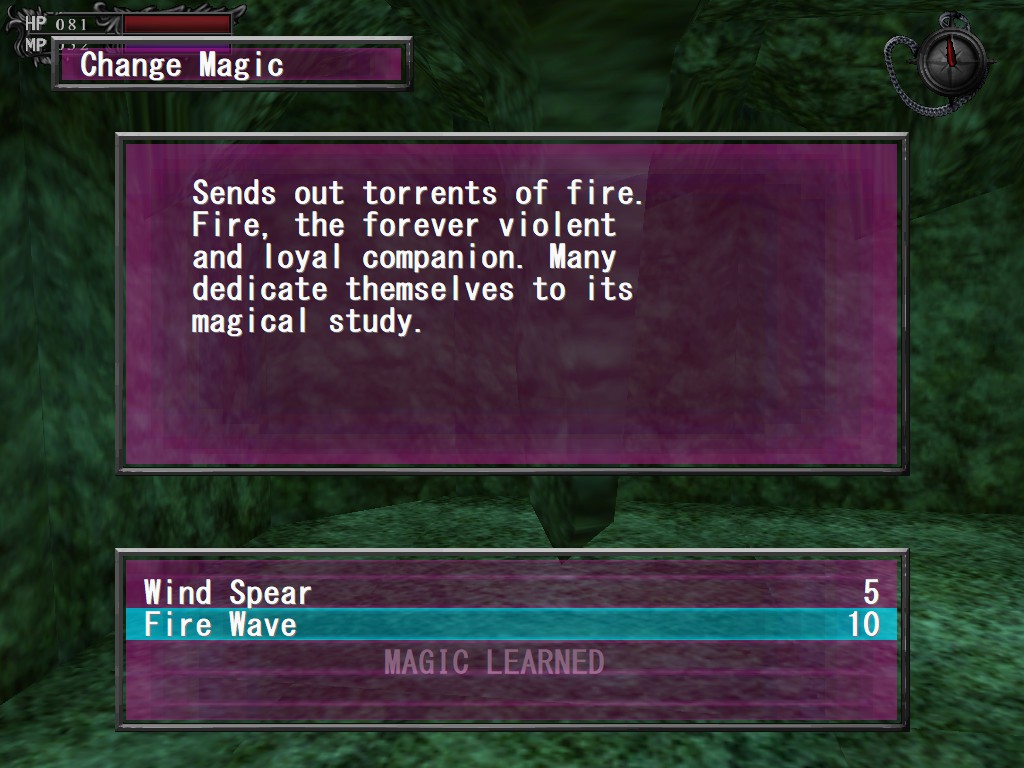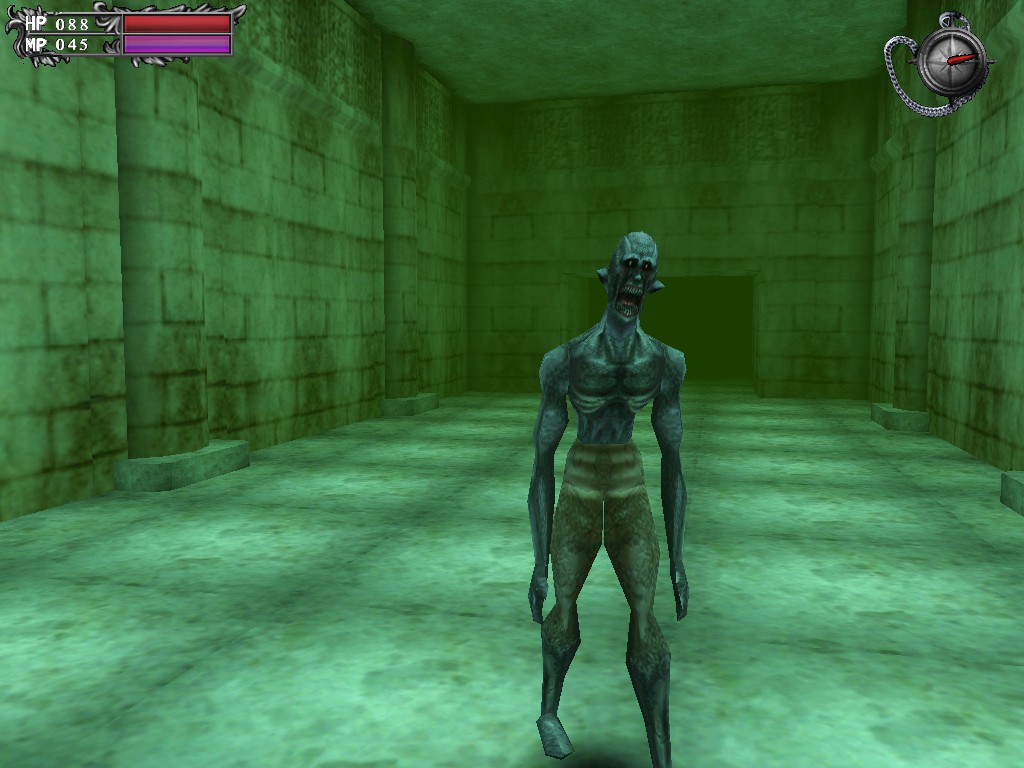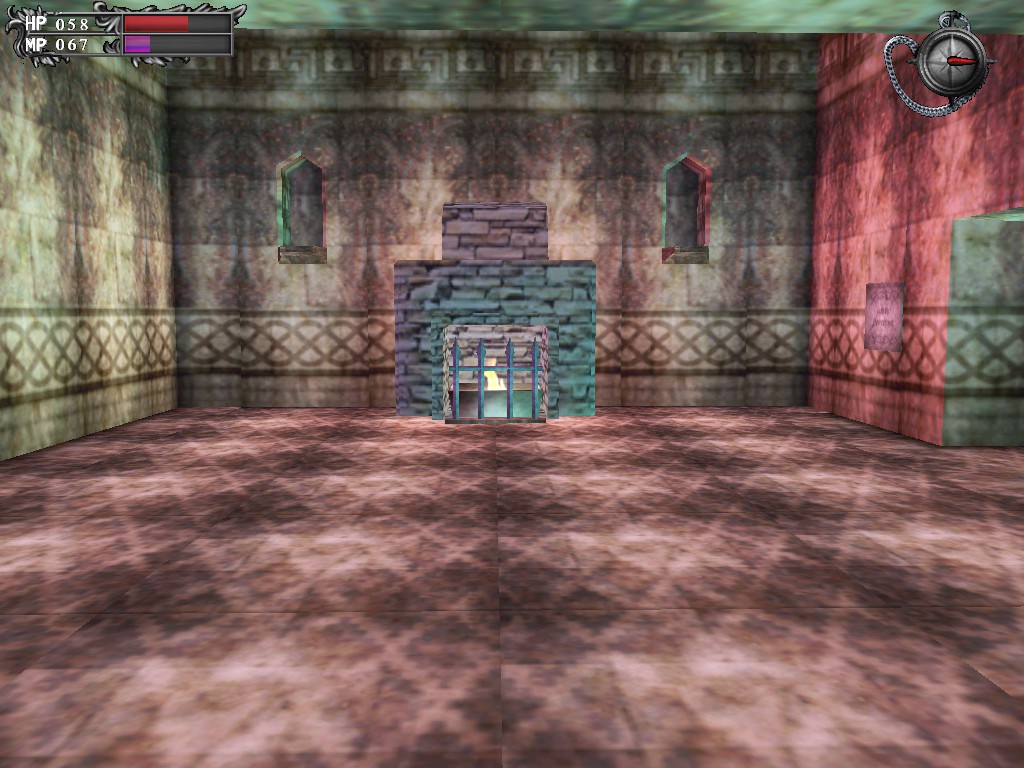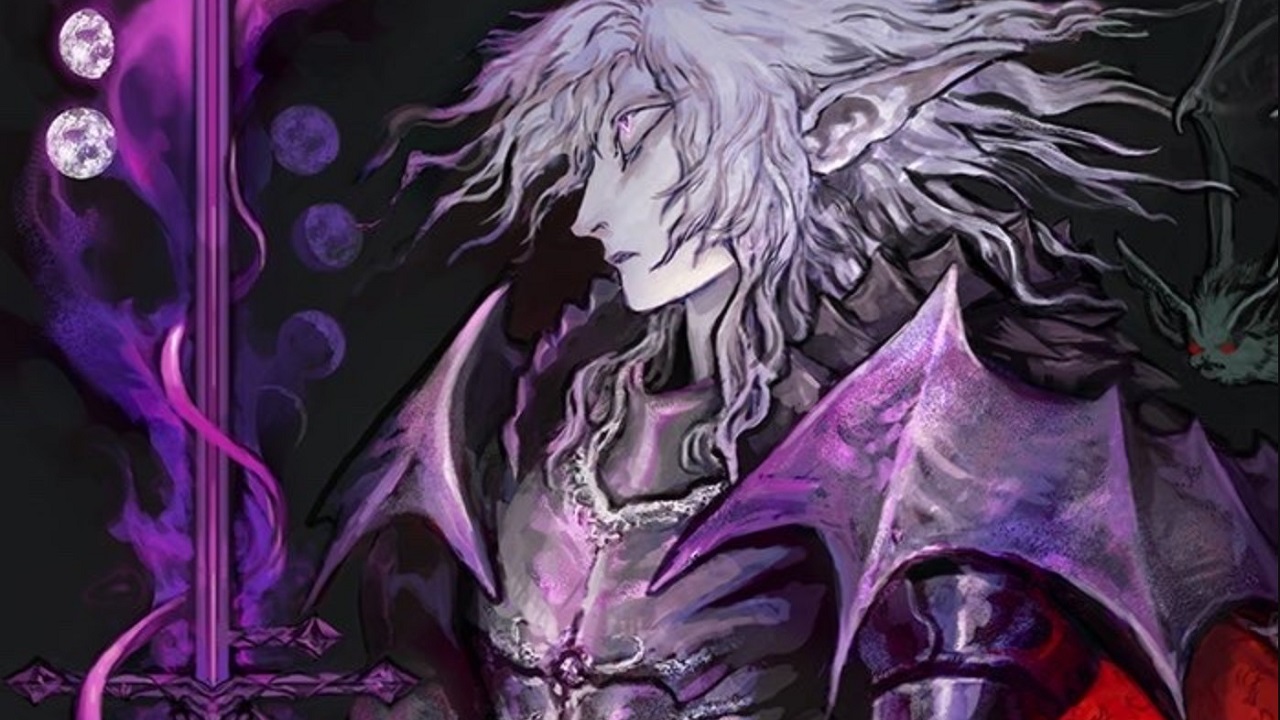
It's maybe not the best introduction to Lunacid, but Tears of the Moon is already one of my top games of 2025.
2023’s Lunacid is one of my favorite indies, dungeon crawlers, and just games, period of the last few years. It’s a first person RPG taking after FromSoftware’s King’s Field series, set in an unforgettable subterranean world festooned with secrets. Creator Kira LLC has just released their next project, a follow-up to Lunacid, but there are more than a few twists to it.
Lunacid: Tears of the Moon is a prequel set thousands of years before the main game, and it was made with appropriately primeval tools: Sword of Moonlight, a game making toolset based on King’s Field, released by FromSoft in 2000, and maintained by a dedicated community ever since.
It allowed for a small but noteworthy catalogue of user-made dungeon crawlers in King’s Field’s distinctive style to accumulate over the years, a scene that reminds me of the Thief fan mission community or the huge collection of custom Neverwinter Nights campaigns.
Tears of the Moon is also completely free, even though the permissive EULA for Sword of Moonlight does seem to allow for commercial works. You can just grab Tears of the Moon off Steam, with only a separate download of the game’s soundtrack costing four bucks.
Pre-launch, I thought Tears of the Moon looked sick, and I loved the concept of returning to the actual King’s Field engine in a series inspired by those games in the first place, but I wondered if it might wind up feeling too crusty.
You know what I mean: The weirdness, clunkiness, and opacity of an older game that just leads you to bounce off sometimes, no matter how good it allegedly is.
It’s certainly got jank: Keyboard only controls with no mouse look, borked in-game controller support that demands going through Steam input to set up a pad, and a game over screen that boots you back to the desktop each time you die.
But I’ll be damned if that just didn’t matter to me: I’m loving this game, and I would have been fine spending money on it.
Delve deep
Tears of the Moon has that truly wonderful, isolating quality of sparse, atmospheric, exploration-heavy first person games like Thief, System Shock, or Metroid Prime. After an hour of exploring its hub area and twisty first dungeon, all I’ve thought about is getting back in for more.
The combat has that same acquired taste crappiness (that I do happen to love) of so many older first person games centered on melee combat. You’re always doing the Ultima Underworld/Elder Scrolls Shuffle: Bop enemies at close range and either back away or circle strafe to avoid their counterattacks, here with no blocking, dodging, parrying, or alternate attacks to speak of.
But I find that simple loop provides a nice, meditative task to break up the exploration, and the combined simplicity of both the combat and the character building—your stats just increase automatically on level-up, no “oh god am I building my guy wrong” old RPG anxiety—means Tears of the Moon is not as challenging as I might have feared.
It’s actually pretty forgiving: Landing melee attacks slowly regenerates your mana to fire off big damage spells or heal yourself, and traveling back to home base fully heals you.
The biggest difficulty is how it withholds knowledge, particularly if you lack hands-on experience with the original King’s Fields. In lieu of a tutorial, Tears of the Moon has a classic-style manual in .pdf form, and you likely will need to reference it at least once.
2025 games: Upcoming releases
Best PC games: All-time favorites
Free PC games: Freebie fest
Best FPS games: Finest gunplay
Best RPGs: Grand adventures
Best co-op games: Better together
After a brief, narrated intro, the opening of the game is cold and abrupt in a way that reminded me of the original Legend of Zelda: There are five shards of a legendary sword and a poison mist ring out in this strange world, go find them.
That’s not necessarily a bad thing—I quite like the sense of mystery and discovery it lends Tears of the Moon. I have had one, wonderful moment of old-school trolling so far: I thought I was real clever for noticing a secret door hidden in the starting zone, and it contained a treasure chest to boot.
Naturally, it turned into a super tanky skeleton capable of two-shotting me when I tried to open it. Leveling and gearing up enough to handily take him on was the perfect full-circle triumph to end my first play session on.
I think what I’ve learned is that it’s about time I gave the OG King’s Field games a proper go, since they inspired so many games I love and seem much more approachable than I assumed. Until that point, Tears of the Moon has me plenty satisfied on the dungeon crawling front.
Lunacid proper is definitely still the best starting point for a total newcomer to the series, but this substantial little free RPG is probably the most pleasant surprise I’ve had so far this year.
